Morocco captivates travelers with its rich cultural tapestry and dramatic landscapes that span from Atlantic coastlines to Saharan dunes. While bustling souks and medinas feature prominently in travel guides, they represent just one facet of this diverse North African kingdom.
Beyond the haggling merchants and maze-like marketplaces lies another Morocco – one of tranquil gardens, remote mountain villages, and expansive natural wonders where visitors can experience authentic cultural connections without the sensory overwhelm that characterizes more touristic settings. Here is a list of 15 remarkable Moroccan experiences for travelers seeking to avoid crowds and markets while still experiencing the country’s cultural and natural treasures.
Ait Benhaddou
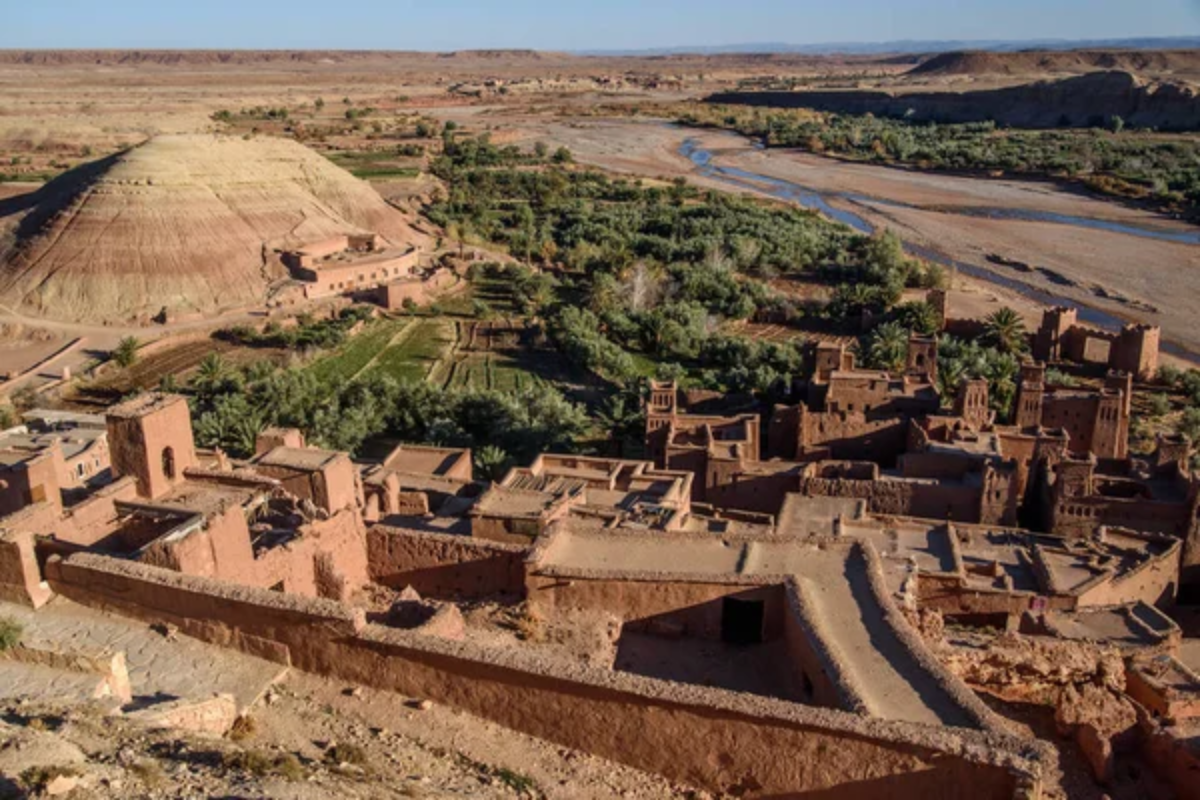
This ancient fortified village rises from the desert landscape like a sandcastle sculpted by giants, its earthen buildings glowing amber in the early morning light. Visiting at dawn means experiencing this UNESCO World Heritage site nearly alone, with only the occasional local resident beginning their day.
The silence allows visitors to imagine the caravan traders who once stopped here on the route between Marrakech and the Sahara, their goods and stories flowing through what now stands as a magnificent living museum of Moroccan architectural heritage.
Cascade d’Ouzoud
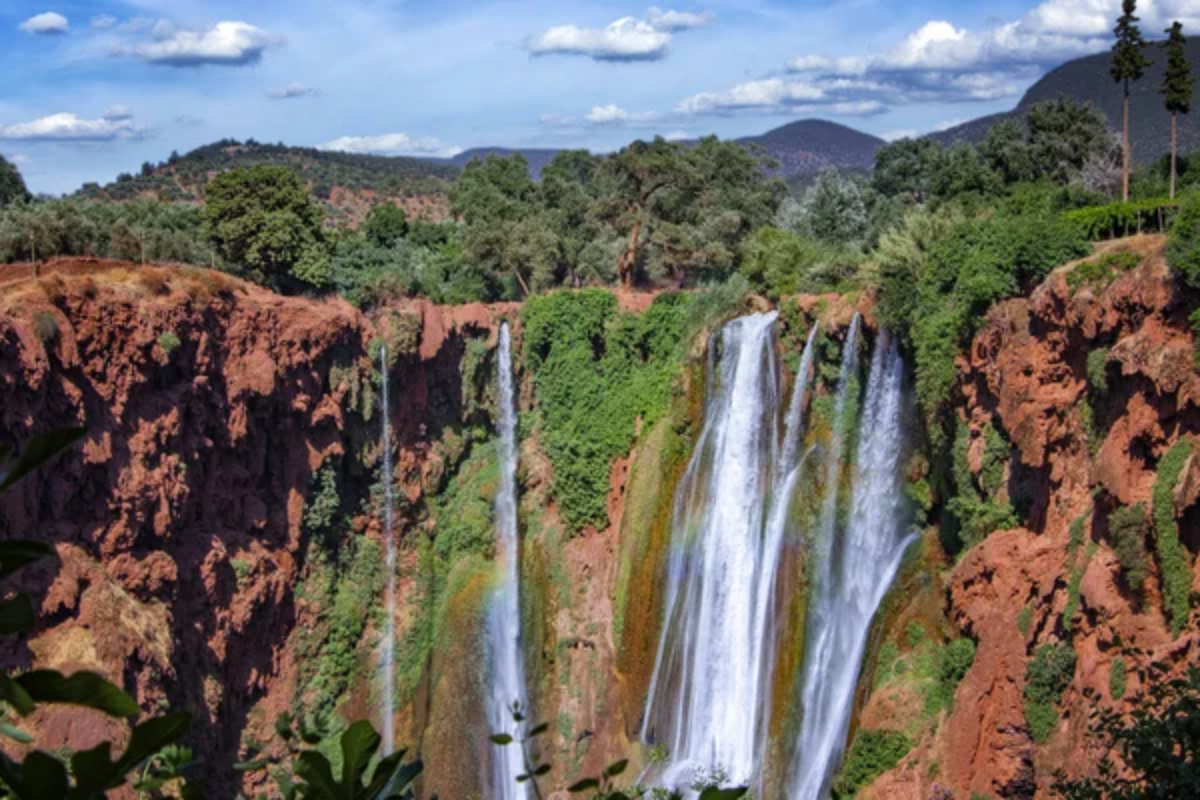
These spectacular waterfalls plunge 360 feet through a lush valley in the Middle Atlas mountains, creating refreshing natural pools perfect for escaping Morocco’s summer heat. A series of well-maintained trails leads through olive groves where Barbary macaques sometimes appear, watching visitors with curious eyes.
Morning visits reward early risers with rainbows forming in the mist and the chance to enjoy breakfast at a riverside café before day-trippers arrive from Marrakech.
Like Travel Pug’s content? Follow us on MSN.
Dades Valley

The winding road through this dramatic gorge passes between towering red cliffs streaked with mineral deposits that create mesmerizing patterns in the stone. Small villages cling to the mountainsides, their traditional mud-brick kasbahs blending seamlessly into the surrounding landscape.
Hiking paths lead to panoramic viewpoints where the vastness of the valley unfolds, revealing hidden gardens and ancient agricultural terraces still maintained using techniques passed down through countless generations.
Tafraoute’s Blue Rocks
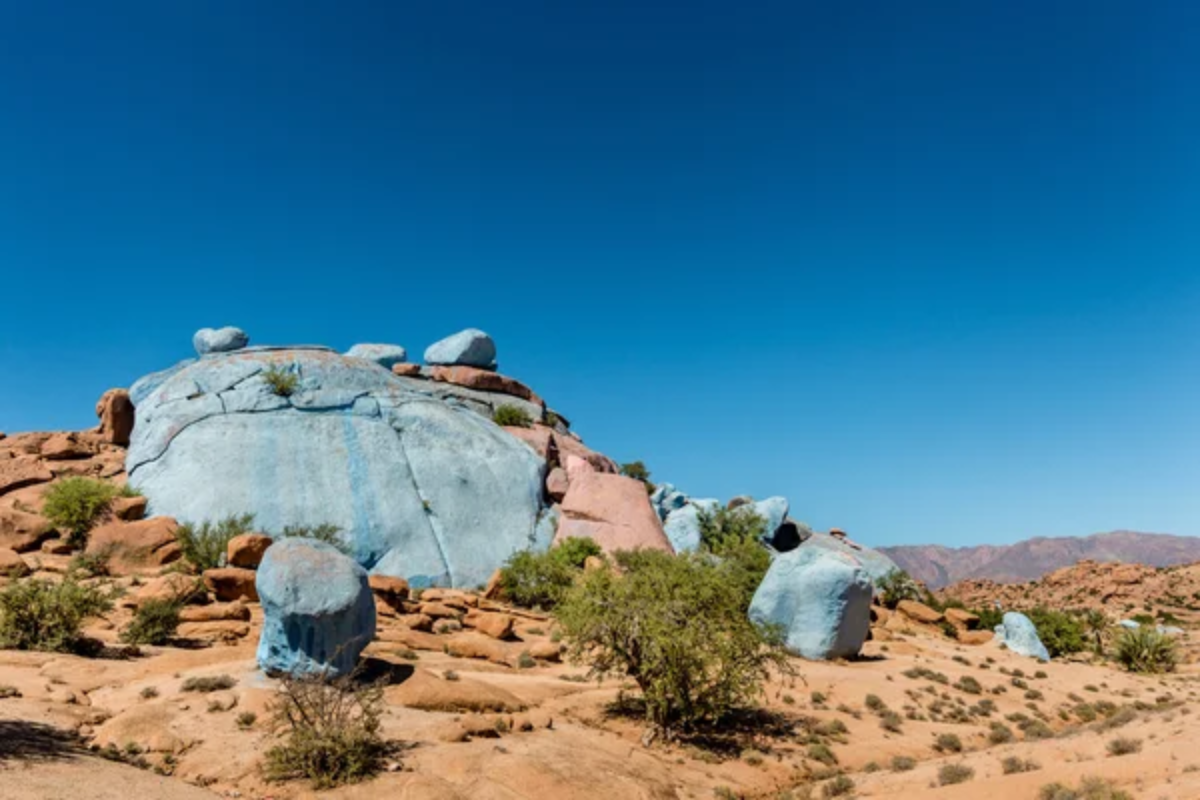
In the Anti-Atlas mountains, an otherworldly landscape of granite boulders painted vibrant blue creates an artistic installation that merges human creativity with natural geology. Belgian artist Jean Vérame transformed this remote site in the 1980s, though desert winds and sun have weathered his work into subtler hues that somehow feel more appropriate against the arid landscape.
The surrounding region offers excellent hiking opportunities through almond groves and palm-filled valleys, where traditional Berber culture remains largely unchanged by outside influence.
Bin el Ouidane Lake
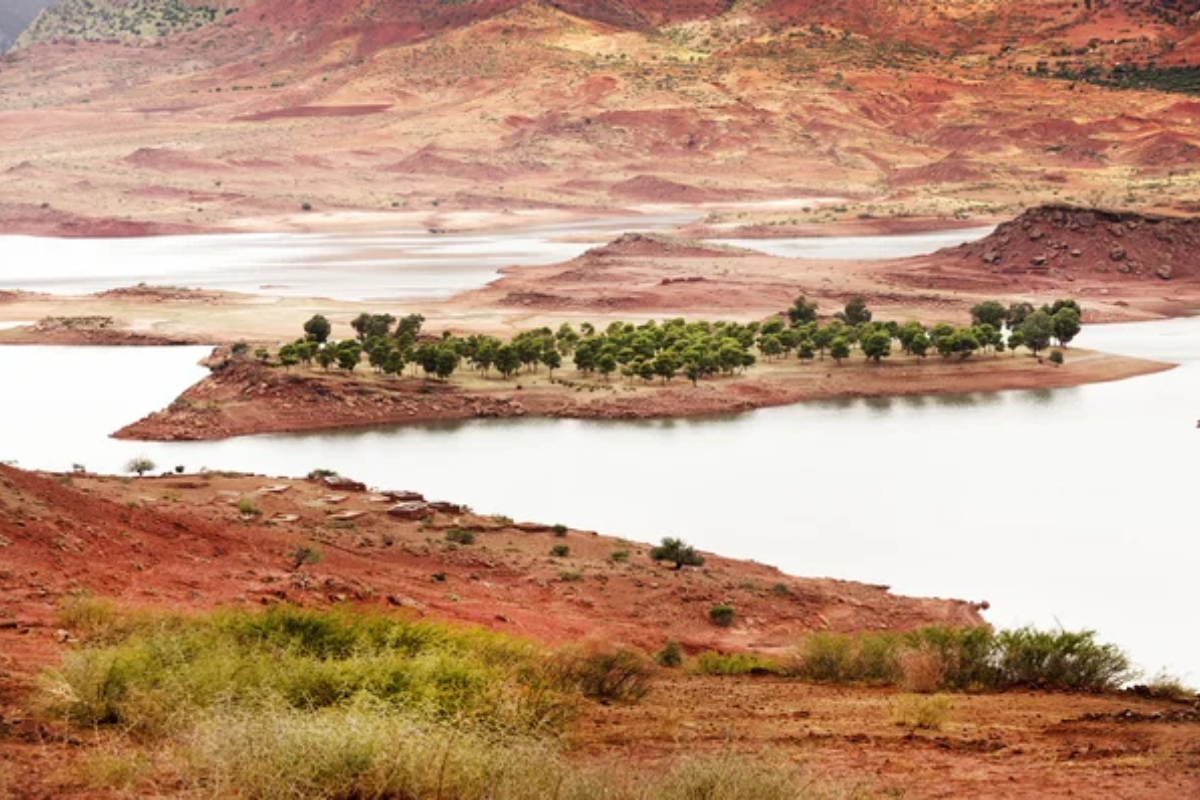
This massive turquoise reservoir nestled in the Atlas Mountains offers a peaceful alternative to Morocco’s coastal resorts, with pristine waters reflecting the surrounding peaks. Small fishing boats dot the surface, while a few lakeside lodges provide simple accommodations for travelers seeking cooler temperatures during the summer months.
The journey here travels through traditional Berber communities where agriculture remains centered around seasonal rhythms rather than tourism demands, offering glimpses into rural Moroccan life rarely experienced on standard itineraries.
Like Travel Pug’s content? Follow us on MSN.
Sidi Ifni
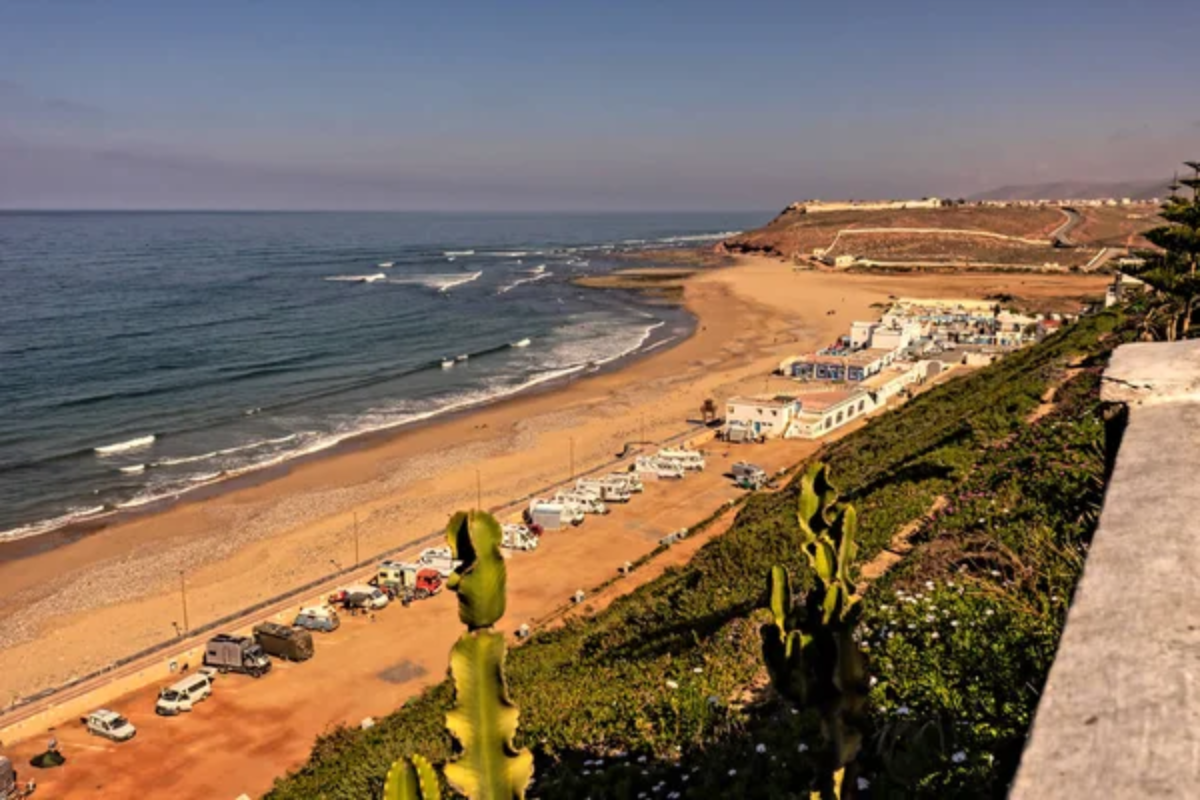
This former Spanish enclave on the Atlantic coast maintains a distinctive architectural heritage of Art Deco buildings painted in fading pastel colors. The relaxed atmosphere feels worlds away from touristy Essaouira or Agadir, with empty beaches stretching for miles and local fishermen hauling their catches ashore each morning.
Weekends bring Moroccan families to the waterfront promenade, creating a genuinely local atmosphere where visitors can enjoy fresh seafood without tourist premiums or persistent vendors.
Midelt Fossil Shops
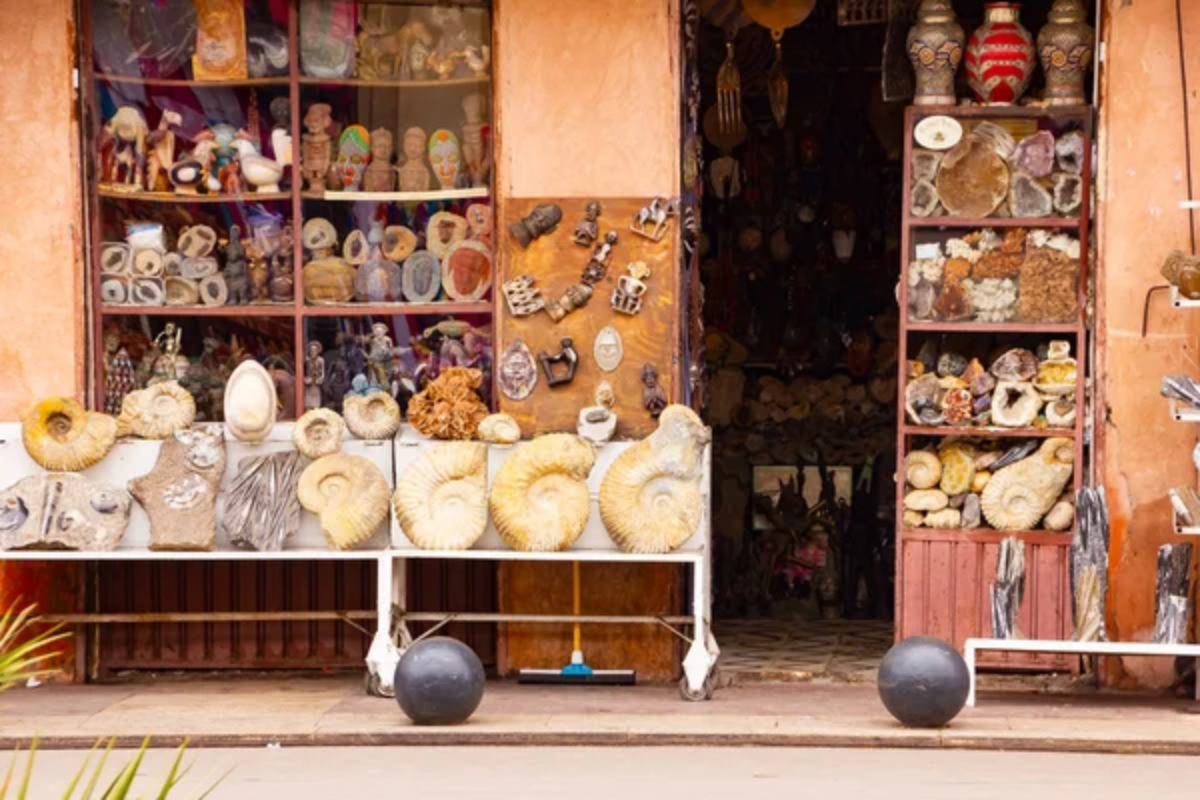
This unassuming town in the Middle Atlas has become the center for Morocco’s remarkable fossil industry, where specialists extract and prepare ancient marine creatures preserved in limestone. Unlike the fossil shops of touristy Erfoud, Midelt’s workshops welcome visitors interested in the scientific aspects of paleontology rather than quick sales.
Artisans demonstrate how they carefully reveal 500-million-year-old trilobites and ammonites from their stone matrices, creating museum-quality specimens using techniques refined through generations of specialized knowledge.
Oualidia Lagoon
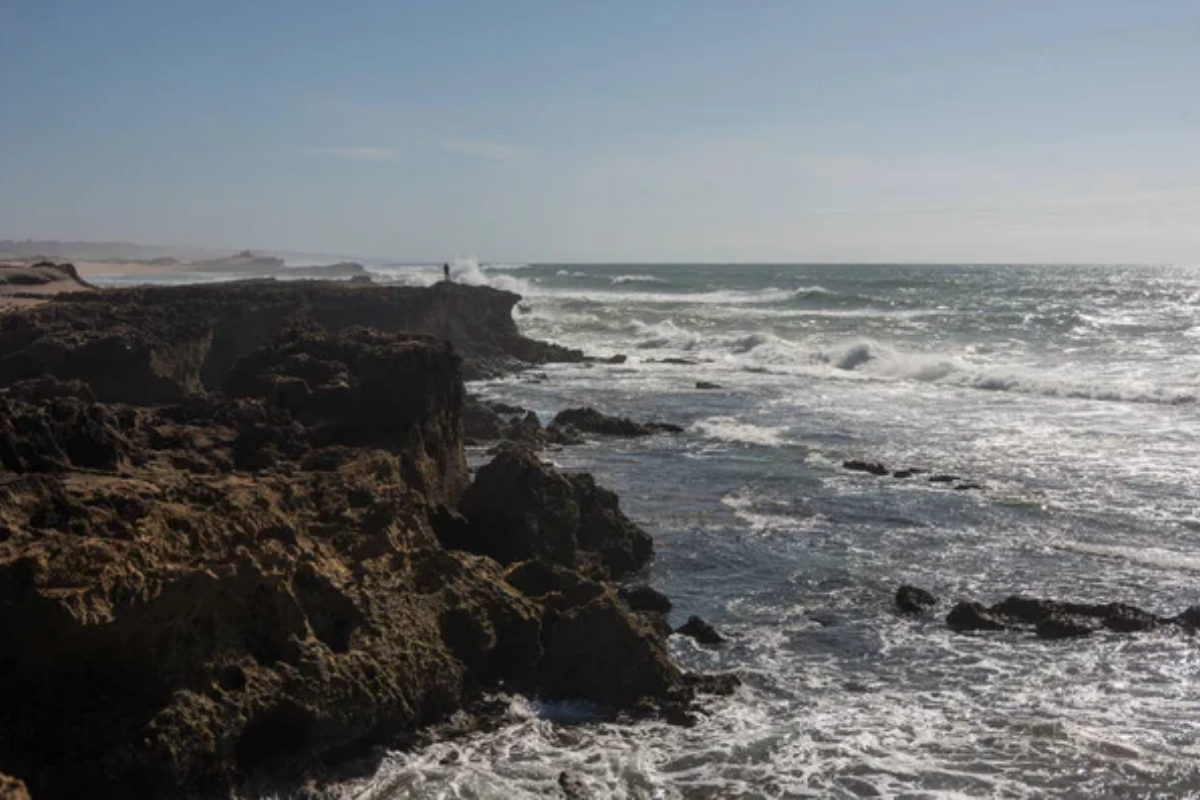
This protected coastal inlet creates a natural harbor where Atlantic waves break against an outer reef while calm waters nurture Morocco’s finest oyster beds. Unlike nearby El Jadida or Essaouira, tourism remains low-key, centered around birdwatching and enjoying seafood directly from local fishermen.
Flamingos wade through shallow waters during migration seasons, while small boats offer trips to sandy beaches accessible only by water, ensuring privacy even during summer months when Moroccan cities swelter under intense heat.
Like Travel Pug’s content? Follow us on MSN.
Ifrane National Park
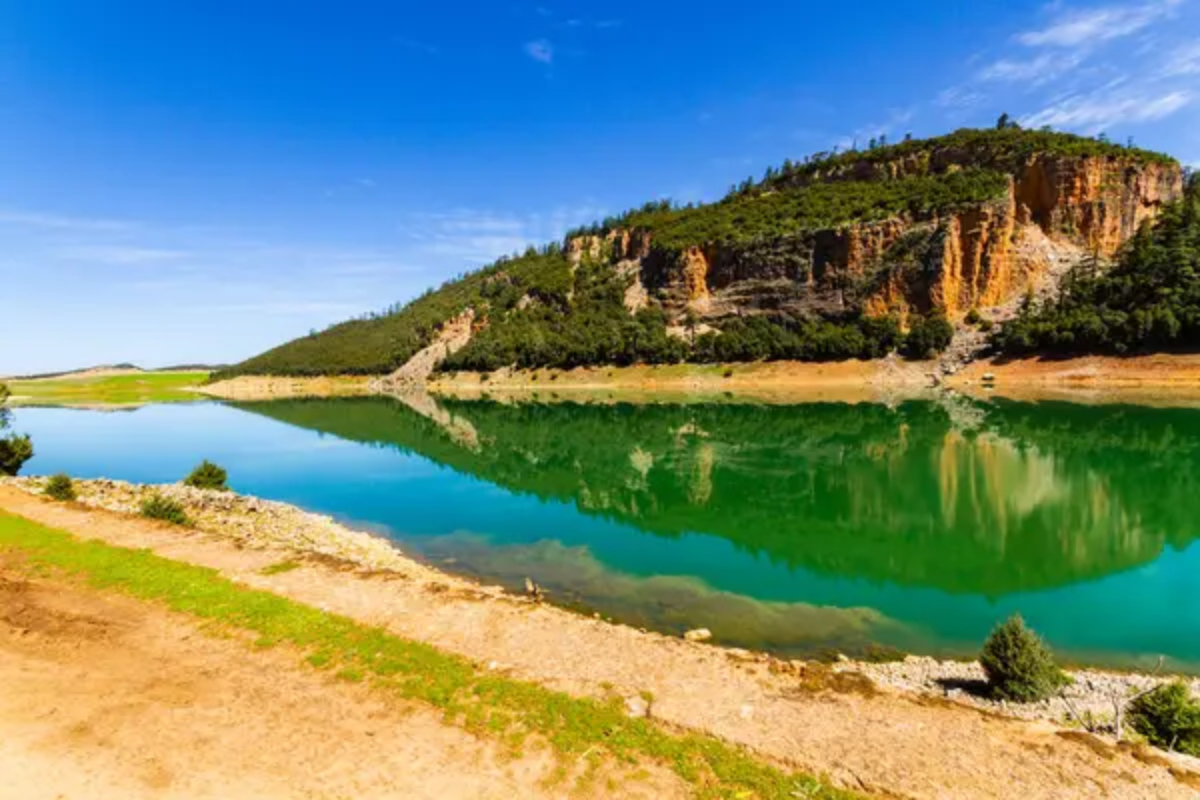
This protected cedar forest in the Middle Atlas mountains creates an alpine landscape that feels more European than African, complete with stone-built chalets and occasional winter snows. Walking trails wind through ancient trees where endangered Barbary macaques find their last significant habitat, their interactions providing wildlife viewing without fences or fees.
The surrounding countryside contains hidden lakes and meadows carpeted with wildflowers in spring, perfect for picnics prepared with ingredients from local Berber markets too small to attract tour groups.
Legzira Beach
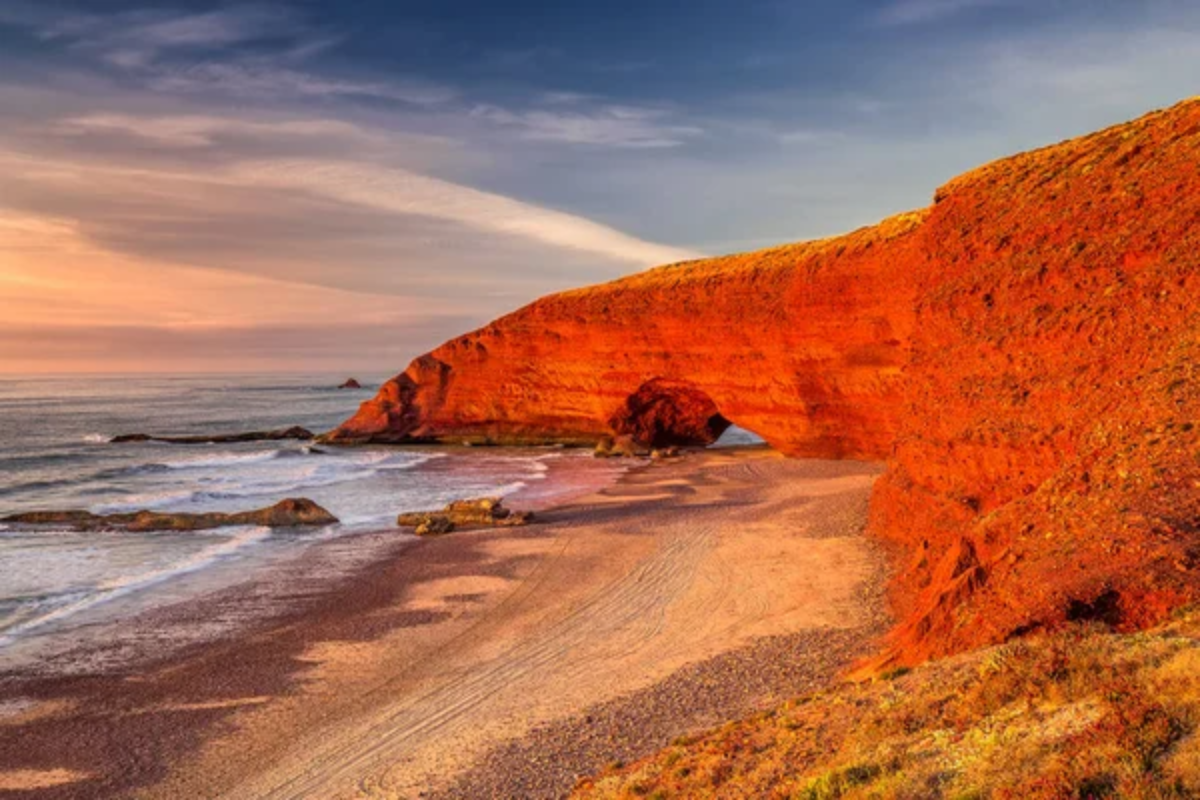
Massive natural stone arches carved by Atlantic waves create one of Morocco’s most photogenic coastlines, best visited at sunset when the red sandstone glows against deepening blue skies. Despite its beauty, the remote location south of Sidi Ifni keeps crowds minimal, with occasional campers and surfers the only company on miles of undeveloped shoreline.
Local fishermen sometimes prepare catch-of-the-day meals in simple beach shacks, offering dining experiences focused on fresh ingredients rather than tourist-oriented presentations.
Imilchil
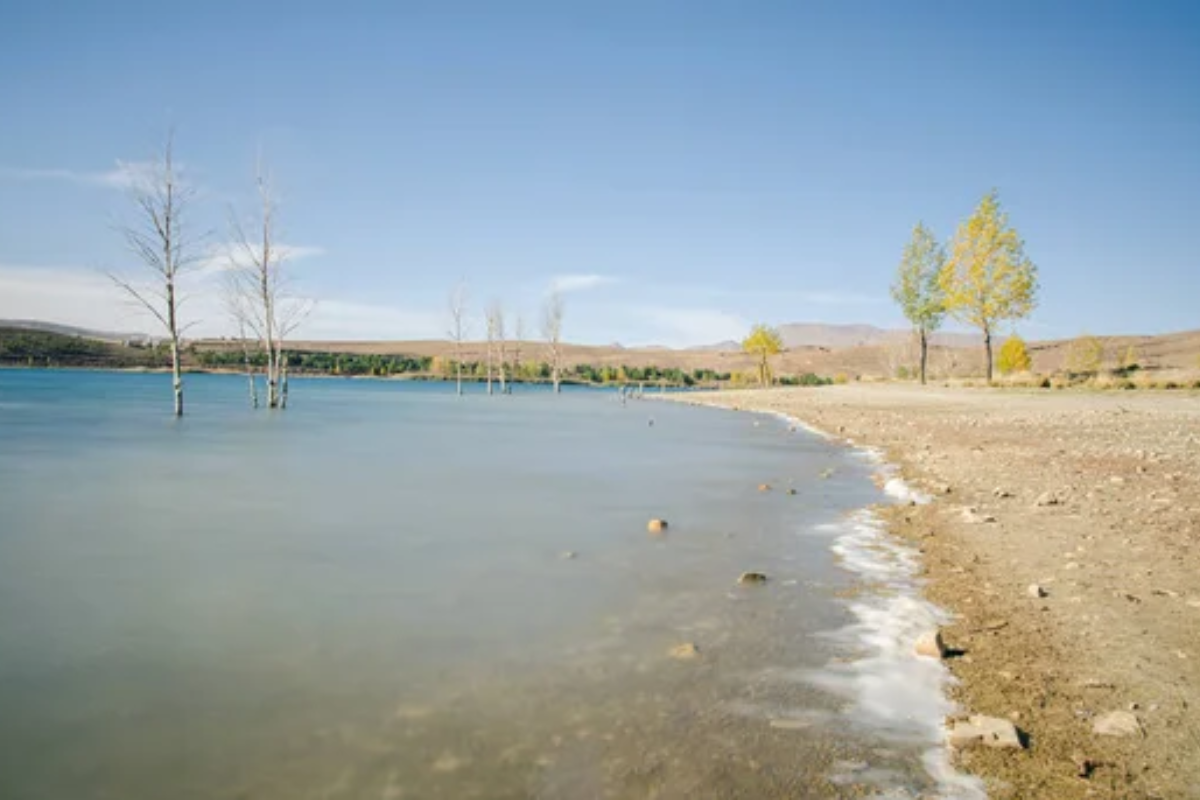
This remote High Atlas village hosts the famous “Marriage Festival” each September, but outside this brief period remains a tranquil agricultural community where traditional Berber life continues largely unchanged. Stone houses with flat roofs designed for drying crops huddle against mountain slopes, while surrounding pastures support sheep and goats tended by nomadic herders.
Trekking routes through nearby valleys lead to isolated communities where homestays offer authentic cultural exchanges focused on daily life rather than performative tourism experiences.
Like Travel Pug’s content? Follow us on MSN.
Skoura Oasis

This lush palm grove amid arid landscapes houses historic mud-brick kasbahs rising like medieval fortresses among date palms and olive trees. Ancient irrigation systems still distribute precious water through gardens where families cultivate herbs and vegetables beneath fruit trees, maintaining agricultural traditions established centuries ago.
Several restored merchant homes now welcome guests, offering atmospheric accommodations in buildings that whisper histories of caravan wealth and desert trade without the commercial atmosphere of larger tourist centers.
Ouarzazate Film Studios
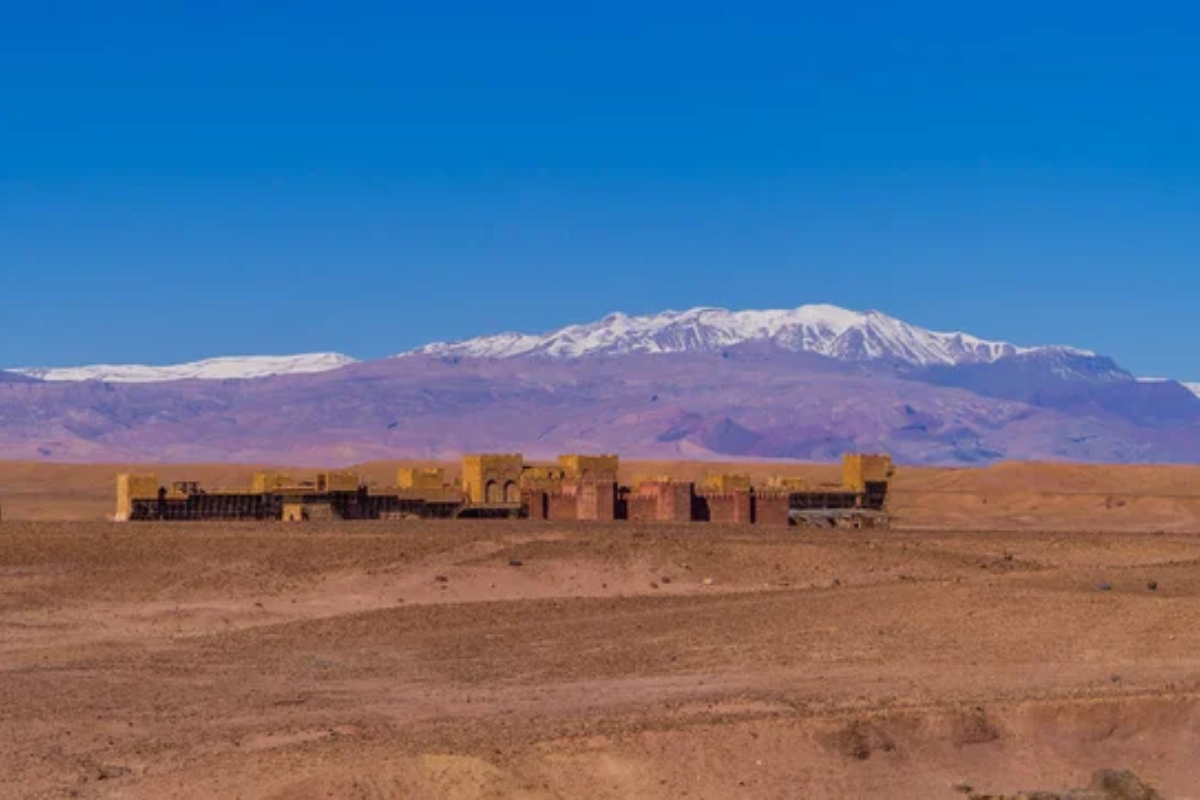
While not entirely free of visitors, this fascinating complex provides context for Morocco’s important role in international cinema through displays of sets and props from films including Gladiator and Game of Thrones. Morning visits avoid tour buses, allowing photography enthusiasts to capture the strange juxtaposition of ancient Egyptian temples alongside medieval fortresses, all crafted from modern materials yet weathered to appear authentically ancient.
The surrounding landscape explains why filmmakers consistently choose this region, with dramatic mountains and desert plains creating natural backdrops that require minimal digital enhancement.
Asilah
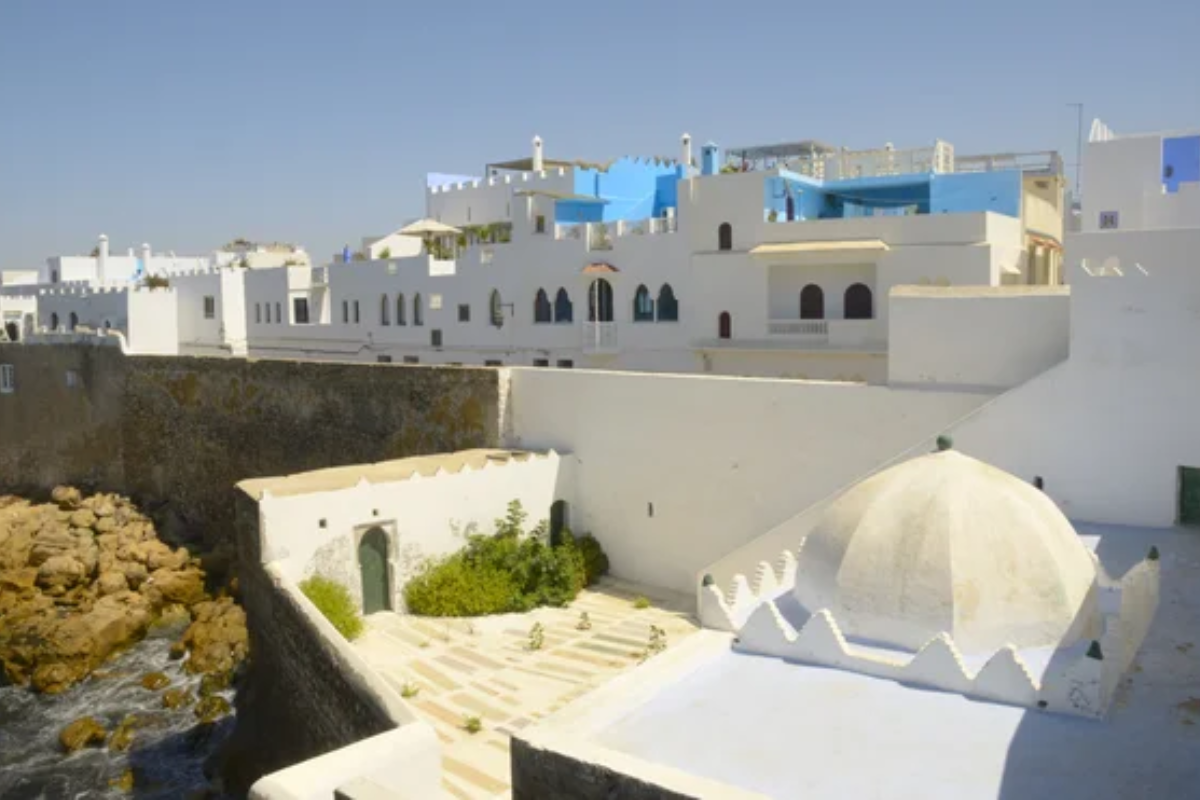
This Atlantic coastal town transforms during its famous summer arts festival, but outside high season returns to a peaceful rhythm where whitewashed buildings adorned with fading murals reflect Spanish and Portuguese influences. The compact medina contains few shops compared to Fez or Marrakech, focusing instead on residential life behind blue-painted doors and bougainvillea-draped walls.
Winter visits bring misty mornings and moody seascapes perfect for photography, with enough restaurants remaining open to sample excellent seafood while watching Atlantic rollers crash against ancient ramparts.
Like Travel Pug’s content? Follow us on MSN.
Imouzzer Ida Outanane

This Berber town nestled in the Paradise Valley experiences an extraordinary natural phenomenon when springs swollen by winter rains create a magnificent waterfall cascading from high cliffs. For most of the year, however, the falls remain dry, leaving a peaceful community surrounded by honey farms and argan trees that attract few outside visitors.
Local homes built into the mountainside sometimes offer rooms to travelers, providing opportunities to learn about Berber cuisine and agricultural practices focused on sustainable production in challenging mountain environments.
Beyond the Crowds
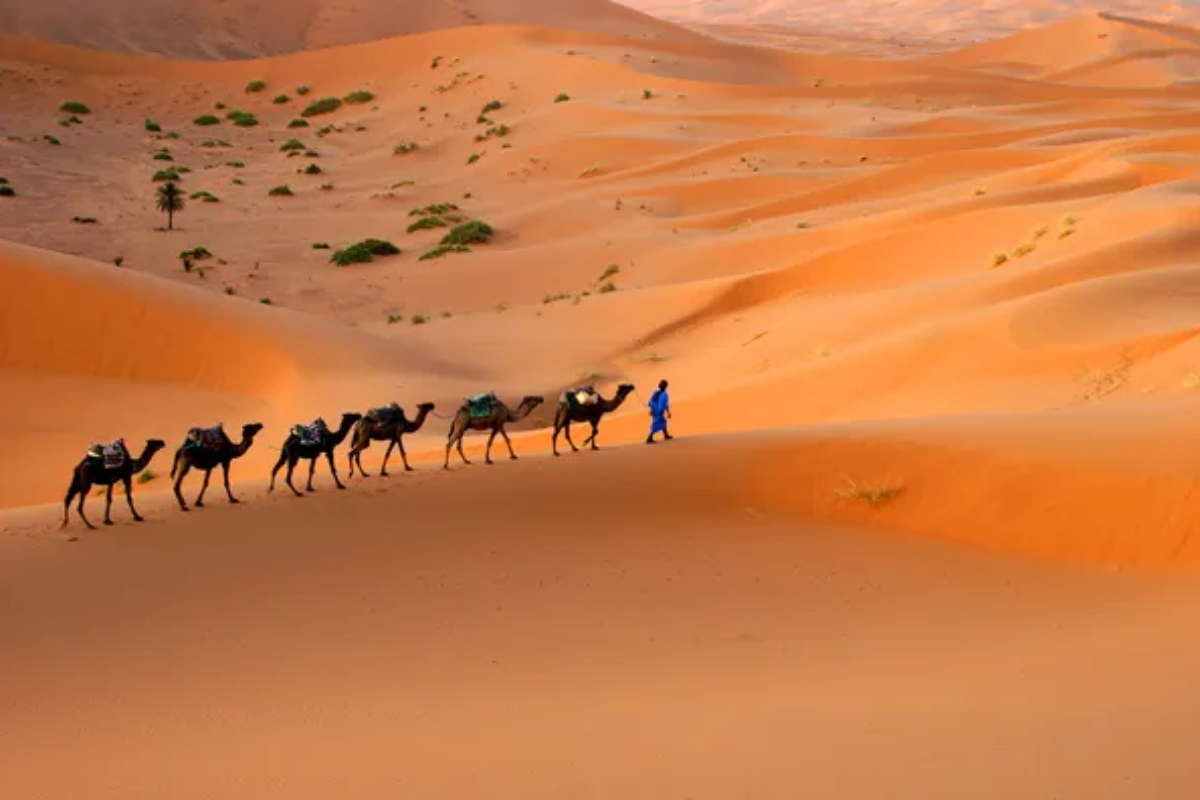
Morocco’s less-trafficked destinations reveal aspects of the country that busy markets and popular tourist sites cannot convey – the rhythms of agricultural life, the ingenuity of desert architecture, and landscapes where natural beauty exists without souvenir sellers or entrance fees. These quieter experiences create space for actual cultural exchange rather than transactional tourism.
By seeking out Morocco’s overlooked corners, travelers discover that the country’s most memorable offerings often lie beyond the well-photographed medinas and crowded souks. The Morocco that exists in these more peaceful settings tells complex stories of adaptation, resilience, and tradition that reward those willing to venture beyond the familiar pathways worn smooth by countless guided tours.
More from Travel Pug

- Cities Growing so Fast You Won’t Recognize Them in 10 Years
- 13 Destinations Where Tourists Regularly Regret Their Trip
- 20 Obscure WWII Sites Even History Buffs Don’t Know About
- 10 Under-the-Radar Mountain Towns That Are Both Affordable and Beautiful
- Remote Villages in Europe Where You Can Live for Free in Exchange for Work
Like Travel Pug’s content? Follow us on MSN.
